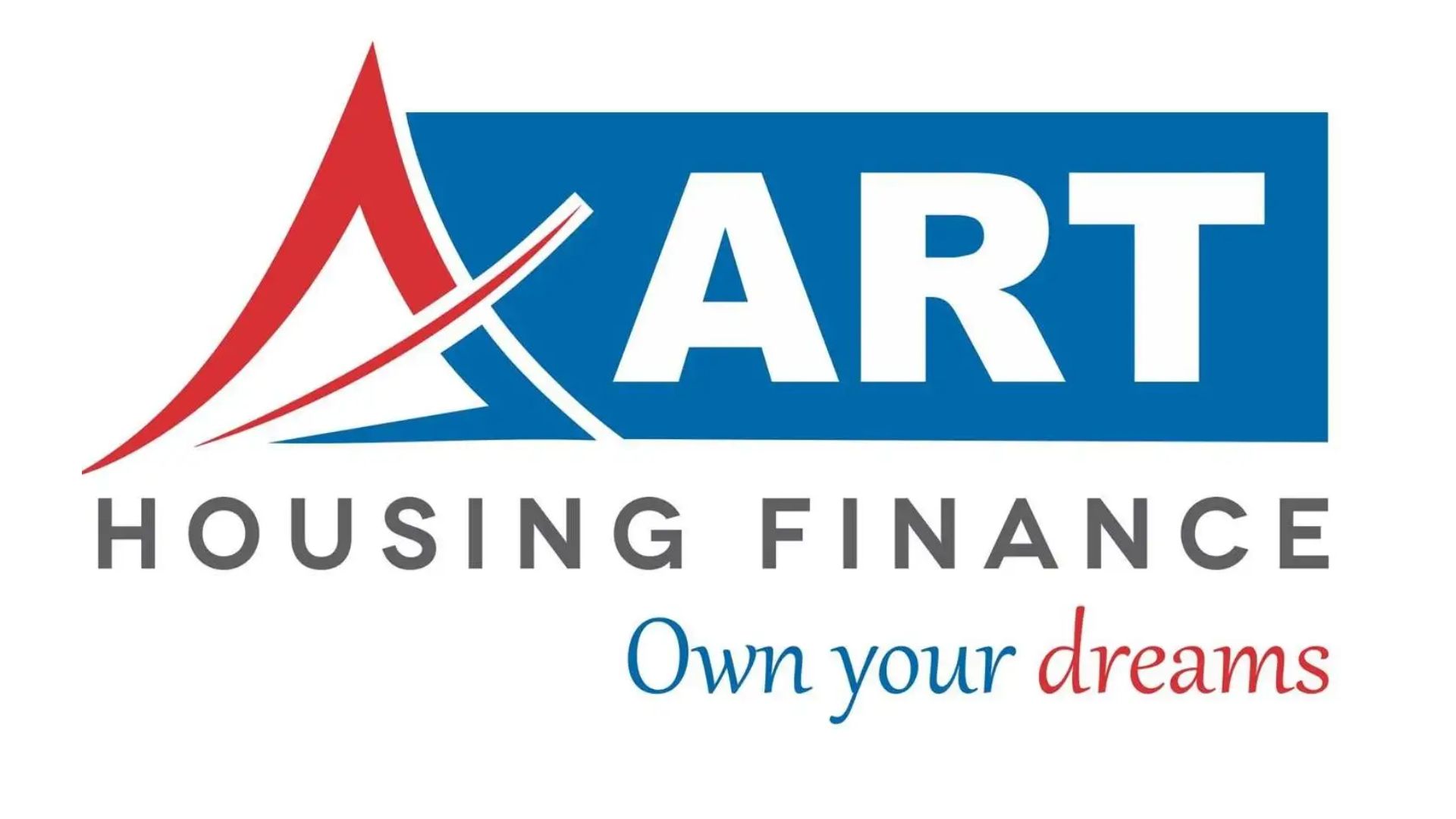Working Hours: Mon - Sat : 10.00 am - 6.00 pm
- info@omkadvisors.com
- +91-11-35006903


Bridge Financing
Bridge financing is an interim financing option used by companies and other entities to solidify their short-term position until a long-term financing option can be arranged.
Bridge financing normally comes from an investment bank or venture capital firm in the form of a loan or equity investment.
Bridge financing is also used for initial public offerings (IPO) or may include an equity-for-capital exchange instead of a loan. IPO bridge financing is used by companies going public. The financing covers the IPO costs and then is paid off when the company goes public.
Bridge financing “bridges” the gap between the time when a company’s money is set to run out and when it can expect to receive an infusion of funds later on. This type of financing is most normally used to fulfill a company’s short-term working capital needs.
There are multiple ways that bridge financing can be arranged.

Bridge Financing refers to a short-term loan that is used by a company or individual to meet immediate cash flow needs until a more permanent financing solution can be arranged. This type of financing serves as a “bridge” between urgent financing needs and the next stage of financial stability or until long-term financing can be secured. Bridge loans are commonly used in various scenarios, including real estate transactions, business acquisitions, and during the process of obtaining long-term funding from banks or through the issuance of bonds or equity.
In the context of India, bridge financing can play a crucial role due to the dynamic and growing nature of its economy, where businesses often face rapid expansion opportunities that require immediate funding to capitalize on. The characteristics of bridge financing in India include:
- Short Duration: Bridge loans are typically short-term, usually with a term of up to one year. This allows borrowers to fulfill their immediate financial needs while they arrange for longer-term financing solutions.
- High Interest Rates: Given the short-term and often risky nature of bridge loans, they usually come with higher interest rates compared to traditional long-term financing options.
- Speed of Funding: One of the key advantages of bridge financing is the speed at which funds can be accessed. This is particularly important in fast-moving markets like real estate, where the ability to close a deal quickly can make or break a transaction.
- Collateral: In India, as in other countries, bridge loans are typically secured against collateral, which can include real estate or other significant assets owned by the borrower.
- Flexibility: Bridge financing arrangements can offer flexibility in terms of repayment and the structuring of the loan, depending on the lender and the specific needs of the borrower.
- Regulatory Environment: The regulatory environment in India, governed by the Reserve Bank of India (RBI) and other financial regulatory authorities, impacts the terms and availability of bridge financing. Regulations can influence factors such as lending criteria, interest rates, and the types of collateral that can be used.

Bridge Financing is a critical tool for many businesses and individuals in India, offering a viable solution for bridging financial gaps. However, due to the costs and risks associated with bridge loans, they are typically used as a last resort or when the potential upside of the investment justifies the higher costs of borrowing.












